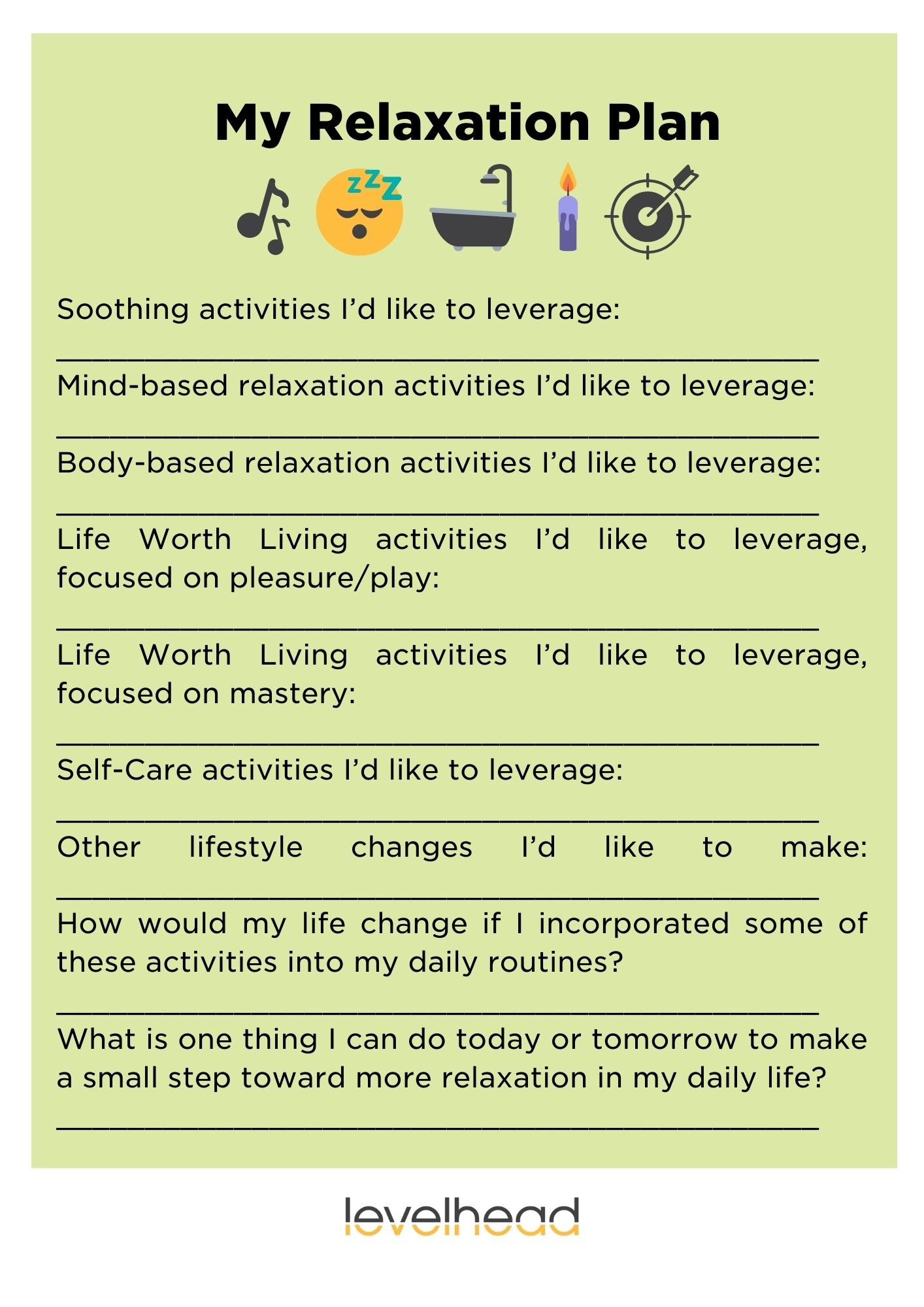What are the steps in relaxation?
Relaxation is the state of being or becoming rested, calm, or less tense. When we are psychologically relaxed, we may still have stress in our lives or things to do, but stress and tension are not the focal points of our minds. Overall, one way to think about relaxation is the absence of tension in the body’s muscles and mind. The state of relaxation is an innate physiological response that we all possess. However, once the stress response is triggered, physiological changes occur such as a decrease in oxygen intake, higher pulse rate, blood pressure, and a tightening of muscles. To return our mind and body to baseline, or to a relaxed state, takes an intentional effort. If not, our body and mind stay at a high level of alert, resulting in numerous damaging physical and mental effects.
Want more tips to live better? Check out Saundra’s latest book here.
We are all different
Each of us has different lifestyles, challenges, experiences, and personalities which require us to develop our own personalized relaxation practice. In developing our practice, we need to:
Learn when, where, and how to apply our relaxation skills
Practice breathing in ways that promote calm and relaxation
Become aware of how our thoughts impact our level of stress and anxiety
Learn to manage racing thoughts
Increase awareness of how tension manifests in the body
Introduce activities into our lives that are fun and allow us to feel competent and in control
Learn to set realistic goals for our practice
Make time to practice daily if possible, but at least several times a week
Finding What Works for You
One way to get started in developing your relaxation practice is to reflect on the ways you relax today. Doing more of these types of activities on a regular basis may be a great way to begin. Other ideas might be to consider activities in any of these five categories:
Soothing Activities
Sounds: Music you enjoy or music that contains repetition or sounds from nature, such as babbling brooks or ocean waves
Smells: Use incense, oils, or candles
Sights: Visualization of scenes such as images of nature
Mind-based Relaxation Activities
Mindfulness practices where you train your attention to focus on the present without judgment. Tip: Our Levelhead for Real Life App features over one hundred 3-5-minute micro-practices for just $2.99.
Prayer or affirmations
Body-based Relaxation Activities
Slow-paced breathing exercises
Yoga
Progressive muscle relaxation or stretching
Massage
Hot tubs, hot baths, or sauna
Life Worth Living Activities
Pleasure
Hobbies and play. Things such as reading, TV, movies, dancing, playing or listening to music, board games, arts and crafts, cooking, sports, traveling, photography, comedy, gardening, etc.
Social activities. Spending time with family, enjoying friends, parties, meeting new people, pets, clubs, etc.
Mastery
Find meaningful daily life activities. Explore ways to be creative, feel competent, develop new skills, learn something new, volunteer, etc.
Self-Care Activities
One often-overlooked strategy is self-care. Self-care involves every aspect of our lives. Review the following list, taking stock of where you may be falling short.
Diet. Eating a balanced diet helps us maintain health, improves energy, and contributes to a positive mood.
Sleep. Having a regular sleep routine allows you to feel refreshed and energized for the day. It’s essential to reducing anxiety and stress.
Exercise. Regular exercise has been shown to be as effective as an antidepressant for treating depression, and improves our ability to deal with anxiety.
Deal with conflict. Allowing interpersonal conflict to fester is often a source of our anxiety. Learn how to use positive empathetic communication techniques to deal with conflicts big and small.
Goal setting. Examine your goals to determine if they are in line with your vision for your life. For example, do you find meaning in your work, do you have strong relationships, and do you have enjoyment-oriented goals?
Time management. Learn to set goals based on what can realistically be done in the time available. Try to avoid multitasking as much as possible.
Slow down. You might ask yourself, “was there a time today that I was not at all rushed?” If not, what can you do to give a little breathing room?
My Relaxation Plan
The first step in living the kind of life you desire is to realize that you can take control of the level of stress and anxiety you experience. To help you get started, leverage the following worksheet. As you consider your plan, know that it is helpful to be as specific and realistic as possible – and that some of these will stick and some won’t. Add as many opportunities as reasonable.



